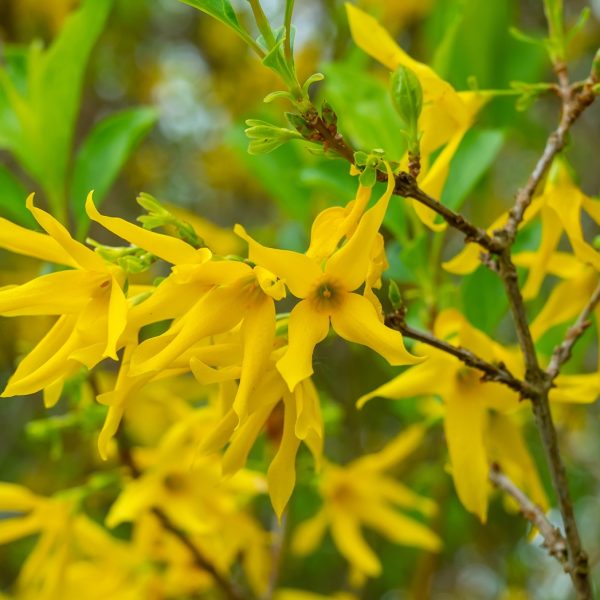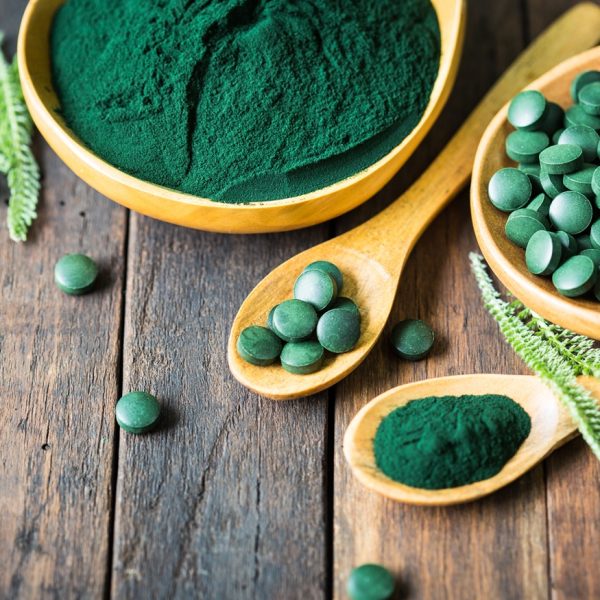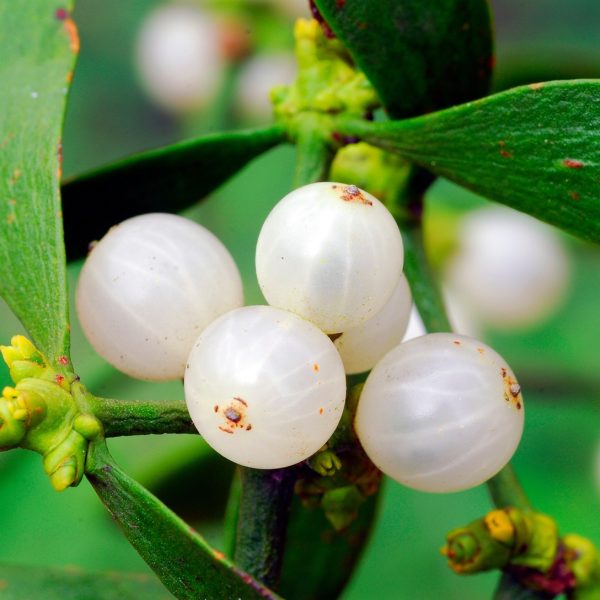From their research assessing pharmaceutical performance and phytochemical quality of Lavandula species products, Jalil and Heinrich highlight need for regulation, pharmacovigilance and education to uphold safety and efficacy.
Lavandula species at the interface of traditional use and clinical evidence

Lavender is a highly valued aromatic and medicinal plant, appreciated in medicine, cosmetics, and related fields. Its production is central to the livelihoods of thousands of farmers worldwide (Figure 1). It grows best in sunny, well-drained areas and is commonly found in regions like the Mediterranean, southern Europe, and the United States (1). Lavandula, widely known as lavender, represents a diverse genus of flowering plants in the mint family (Lamiaceae) with deep roots in traditional medicine and growing relevance in modern scientific research. It’s known for its aromatic properties; Lavandula species has been used traditionally to treat restlessness, agitation, insomnia, and nervous intestinal discomfort (2). The flowers have also been used in infusions to treat asthma, cough, laryngitis and influenza. Lavender oil is used externally for scars and wound healing, as well as for insect bites and burns for its aroma, antimicrobial and analgesic properties (2).
However, as interest in plant-based therapies increases, the integration of traditional knowledge with scientific assessments introduces both opportunities and challenges. The Lavandula species provides a unique intersection between its traditional use, demands for high quality in Lavandula-derived products, and the pursuit of robust clinical evidence to confirm potential health benefits.
Fine lavender oil (i.e. from Lavandula angustifolia Mill.) is the primary species used due to its pharmacological properties and clinical evidence. The up-to-date clinical evidence supports the beneficial use of lavender oil, internally, in oral dosage forms, and externally, such as in aromatherapy, for its anxiolytic effects, sleep disorders, antidepressant, antistress, sedative, and antistress effects in children and adults (3-6).
Fine lavender oil is generally considered safe (GRAS) to be consumed in oral dosage or topical forms without serious adverse reports in the literature (5). However, in some recent reports, fine lavender oil could possess a weak potential for skin sensitisation effects (7). Therefore, the European regulation requires a warning statement on fine lavender oil content and labelling requirements within the list of cosmetic allergens. This is because of its linalool content, which, after oxidation, degrades to linalool hydroperoxides, potentially resulting in skin sensitisation.
The quality and the global regulatory status challenge

The chemical variability among and within Lavandula species is a considerable quality challenge. This variability is due to factors like climate, soil conditions, harvesting time, post-harvest storage and processing, and distillation techniques. For example, linalool and its ester derivative linalyl acetate vary. This variability affects not only the aroma but also the efficacy and safety of the final product.
Adulteration or substitution is a persistent problem in the essential oil market, especially for high-value aromatic plants (1,8). Products labelled as fine lavender oil were found to be diluted with synthetic compounds or mixed with oils from related species like Lavandula x intermedia Emeric ex Loisel. (lavandin), which contains higher camphor levels and will not provide the same therapeutic benefits, but results in safety issues (5).
Regulatory authorities such as the European Medicines Agency (EMA) and the United States Pharmacopoeia (USP) have issued monographs for the identification and composition of fine lavender oil and related species, but widespread implementation remains challenging, particularly in the food and dietary supplements or essential oils markets (i.e., used for aromatherapy) (5).
For example, Lavandula species are used for products with different regulatory statuses in different countries/regions. Silexan® is a high-quality fine lavender oil, licensed as active ingredient in medicines for the relief of mild anxiety disorders (6,9,10), registered as Herbal Medicinal Product (HMP), Traditional Herbal Medicinal Product (THMP), listed medicine, or natural health product in countries/regions like Europe, Australia and Canada, respectively as well as a food supplement in the United States (11).
Pharmaceutical and phytochemical quality and its impact on managing anxiety, stress and sleep disorders
Recently, we conducted a comprehensive, comparative assessment of the pharmaceutical performance and phytochemical quality of herbal medicinal products (HMPs) and dietary supplements (DSs) containing Lavandula species, which are widely used for anxiety, sleep disorders, and restlessness. In this ‘first of its kind’ study, we analysed over 70 commercially available oral formulations (e.g., soft gel capsules, hard shell capsules, tablets, caplets) and concentrated essential oils (5). We uncovered critical quality issues with broad implications for research and healthcare practice (5).

Generally, the pharmaceutical performance quality assesses whether a tablet, capsule or liquid gel capsule can disintegrate and release its contents into gastrointestinal fluids within a time that facilitates absorption and, thus, bioavailability. Products that fail in vitro tests may also fail to disintegrate and release ingredients properly in vivo. Consequently, their active ingredients presumably cannot be fully absorbed and expected health benefits may not be achieved. This may also result in safety concerns, e.g., oral dosage forms that do not disintegrate properly may cause local irritation or inflammation, gastric upset, and, in rare cases, gastrointestinal obstructions. The pharmaceutical performance quality tests are a standard process for oral pharmaceuticals; however, they remain an overlooked aspect for licensed and regulated HMPs as well as DSs (5).
Therefore, we assessed the pharmaceutical performance quality of Lavandula-derived products. Overall, we found that 30% of all tested products failed pharmaceutical quality testing according to European Pharmacopoeia standards, meaning they would not reliably release active ingredients (i.e., active metabolites) in the gastrointestinal tract. This failure included all oral dosage forms (see Figure 2, which shows the results of Lavandula species-based products that failed pharmacological testing) (5).
This is the first study to systematically examine the global landscape and provide evidence-based information on the challenge of poorly formulated HMPs and DSs in the global market (5).
We also found that 63% of the products contained suboptimal or absent levels of main active ingredients/marker compounds (e.g., linalool, linalyl acetate, and cineole) required to authenticate fine lavender oil quality (5). There are also significant differences between products in terms of the concentration of the main active metabolites (5). Many included undeclared excipients, notably sunflower and rapeseed oils, which may dilute the active ingredients. This raises concerns of adulteration or substitution, compromising product authenticity and misleading consumers and healthcare providers (see Figure 3, which shows the HPTLC analysis for different Lavandula species oral dosage forms and essential oils) (5).
The regulatory status of these products is also a challenge, with licensed HMPs performing well in pharmaceutical performance testing and phytochemical analysis. However, many DSs, subject to less stringent oversight, performed poorly. This gap reflects inconsistent regulation globally, particularly between HMPs approved in specific countries and DSs marketed globally or online with minimal testing requirements (5,12).

Concluding remarks
- Our findings have important implications for research and healthcare practice.
- Concerns regarding efficacy, safety and research integrity: Products failing to disintegrate cannot deliver adequate doses of active ingredients, reducing their therapeutic effect. Ineffective delivery will mislead clinicians and patients about the actual efficacy of these products. In this case, clinical studies with lavender preparations used for managing anxiety or insomnia will not be meaningful. Confounding clinical trials and pharmacological results. We must look beyond the composition of a product and incorporate the pharmaceutical performance for oral and topical formulations.
- Guidance and regulation: Healthcare providers should exercise caution when recommending over-the-counter lavender-based supplements. When used in clinical contexts or recommended to patients, preference should be given to regulated HMPs with validated formulations and phytochemical profiles.
- Studies using ill-defined preparations in clinical, toxicological, and pharmacological research are also a major concern. In this case, a chemically non-characterised or poorly characterised lavender preparation leads to misleading and invalid data that cannot be used for an evidence-based assessment.
- Formulation testing: More rigorous research and development on formulations and their pharmaceutical performance need to be implemented as part of product development for both regulated medicines and supplements.
- Pharmacovigilance: A much more detailed documentation of the products used, including information on their composition, if this can be provided. More detailed and better product labelling is also important.
- Education: The study underscores the need for education of the healthcare providers and consumers about quality disparities.
Our study highlights a significant quality control gap in lavender-based HMPs and DSs, with risks relating to therapeutic reliability and safety (5). It calls for improved standards, regulatory alignment, and awareness among healthcare providers and practitioners to ensure that the recommended products are evidence-based in terms of the respective indications and meet consistent pharmaceutical quality benchmarks (4,5). Many of us love lavender as a plant and as a medicinal product, but we need to know much better what we love.
References
- Lis-Balchin M. Lavender: The genus Lavandula London, UK: Taylor & Francis; 2002.
- Edwards SE, da Costa Rocha I, Williamson EM, Heinrich M. Phytopharmacy: An evidence-based guide to herbal medicinal products: John Wiley & Sons; 2015.
- Kasper S. An orally administered lavandula oil preparation (Silexan) for anxiety disorder and related conditions: an evidence based review. International journal of psychiatry in clinical practice. 2013;17(sup1):15-22. https://doi.org/10.3109/13651501.2013.813555
- Jalil B, Heinrich M. Short Lecture” Quality of oral solid formulation of herbal medicinal products–a case study with Lavandula species products”. Planta Medica. 2023;89(14):1299-.
- Jalil B, Heinrich M. Pharmaceutical quality of herbal medicinal products and dietary supplements–a case study with oral solid formulations containing Lavandula species. European Journal of Pharmaceutical Sciences. 2025:107042-0928-0987. https://doi.org/10.1016/j.ejps.2025.107042
- Dold M, Bartova L, Volz H-P, Seifritz E, Möller H-J, Schläfke S, et al. Efficacy of Silexan in patients with anxiety disorders: a meta-analysis of randomized, placebo-controlled trials. European Archives of Psychiatry and Clinical Neuroscience. 2023;273(7):1615-28. https://doi.org/10.1007/s00406-022-01547-w
- Tisserand R, Young R. Essential Oil Safety: A Guide for Health Care Professionals. 2nd Edition ed. Edinburgh: UK: Elsevier Health Sciences; 2014.
- Baser KHC, Buchbauer G. Handbook of Essential Oils: Science, Technology, and Applications. 2nd Edition ed. Boca Raton: : CRC Press; 2015.
- Kasper S, Volz H-P, Dienel A, Schläfke S. Efficacy of Silexan in mixed anxiety–depression–A randomized, placebo-controlled trial. European neuropsychopharmacology. 2016;26(2):331-40. https://doi.org/10.1016/j.euroneuro.2015.12.002
- Kasper S, Eckert A. Silexan in anxiety, depression, and related disorders: pharmacological background and clinical data. European Archives of Psychiatry and Clinical Neuroscience. 2024:1-15. https://doi.org/10.1007/s00406-024-01923-8
- Empowered By Evidence. Empowered By Evidence Database 2024 [Available from: https://empoweredbyevidence.org/ebe-database/.
- Heinrich M, Reiken B, Roether B, Müller A, Rumsch J, Symma N. Consensus Statement on the Outcome of the European Herbal Health Products Summit–Which Way Forward? Planta Medica. 2024;90(14):1052-5. https://doi.org/10.1055/a-2419-1602






























